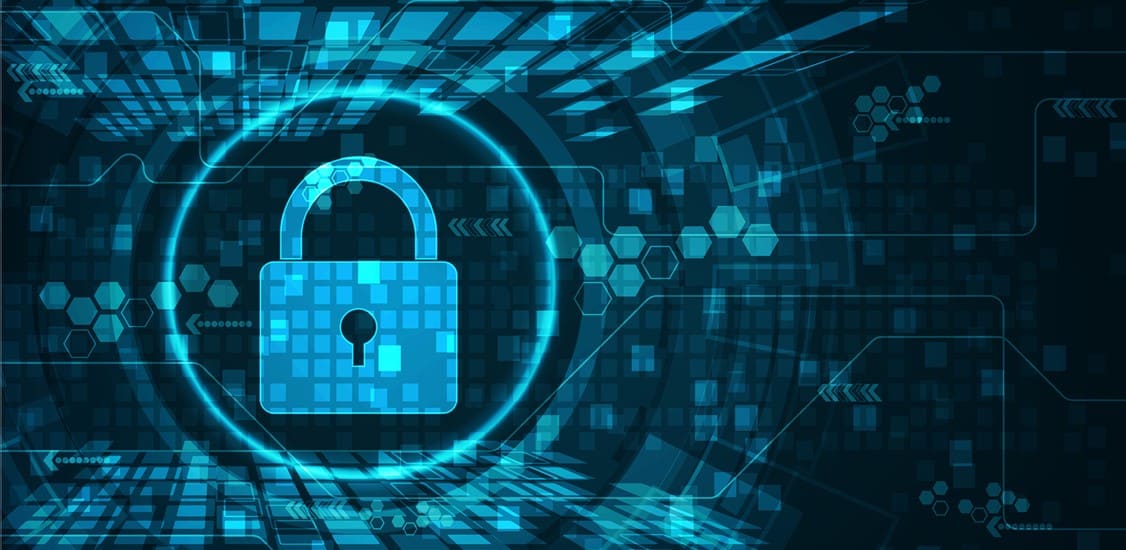In today’s digital world, the more trust a user has in a service, the more likely they are to buy it. At the same time, digital service providers seek to monetize their investment in security through the provision of cloud-based managed security services. In the era of 5G, flexible security isn’t just going to be a ‘nice to have’ - it will be a business essential.
Monetizing 5G
Not only is the security of a service an essential trust building block, it is also a growing business opportunity for digital service providers. That’s because 5G network slicing will enable a company to offer highly-tailored services that can help them win the business of a wide range of new customers in a variety of industries. An opportunity to monetize will come by offering different and flexible security levels matched to the needs of the service delivered by a network slice. Put frankly, a gaming service network slice, for example, does not need the highest levels of security that are essential to protect life-or-death public safety communications.
Four capabilities of strong 5G security
To protect 5G services and the accelerating growth in connections, service providers need a new approach to security. Essentially, there are four key requirements to keep in mind - adaptability, integration, automation and rapid-response.
The first requirement calls for 5G security to be adaptable enough to meet the increasingly sophisticated techniques of cyber-attackers. Hackers often dynamically tweak their attacks in real-time or near real-time. With this in mind, a company’s defenses must, at minimum, be able to respond at least as quickly as they can attack.
Secondly, a cybersecurity platform must integrate all the different security tools and systems in a service provider’s armory, all of which generate a huge number and variety of alarms. The time it takes to respond and begin the fight back against a hacker will be reduced by having a centralized, single view for orchestrating the entire security environment, supported by data analytics to identify real threats from false alarms.
In particular, automation is vital to increase the speed of response and to tackle the growing workload facing security teams. Did you know that 33 percent of incident response time is spent on manual processes? It won’t be a surprise then to know that manual processes simply cannot be scaled up to meet the rise in threats that will inevitably accompany the growth in 5G business.
Don’t let them dwell
When it comes to the fourth requirement - rapidity - one of the most important success factors in security is reducing the dwell time. This is the length of time a hacker goes undetected, should they breach first-line security to gain access to the network. The longer amount of time they have, the more chances they get to hunt around the network for valuable data to steal. With adaptability, analytics, machine learning, orchestration and automation, a hacker’s dwell time can be cut by as much as 80 percent.
While an effective first line of defense of firewalls and other measures will stop nearly all hackers before they can even get into a network, a few attacks will inevitably get through. But with rapid, automated and smart detection and response, even these breaches can be tackled to protect customer data.
An end-to-end 5G security solution is able to deploy all these measures and more. Together, these capabilities can help digital service providers to build trust in their customers and ensure exciting, new 5G services are as secure as possible. But don’t wait for 5G rollout to begin exploring flexible security options - the time is now.




















